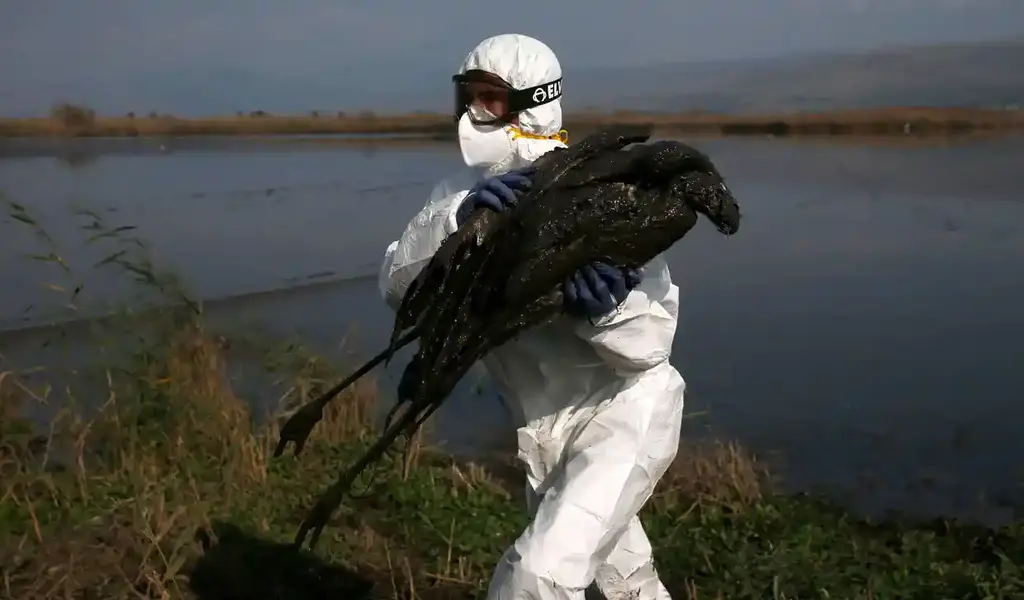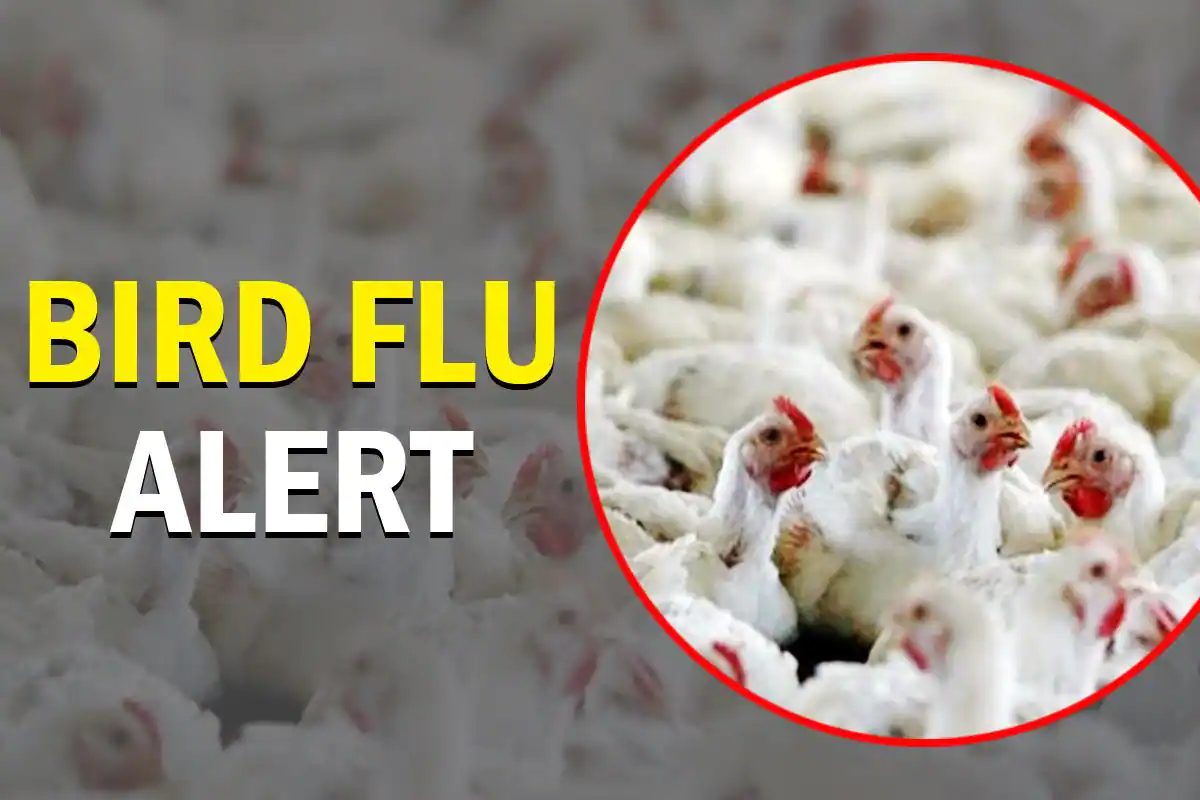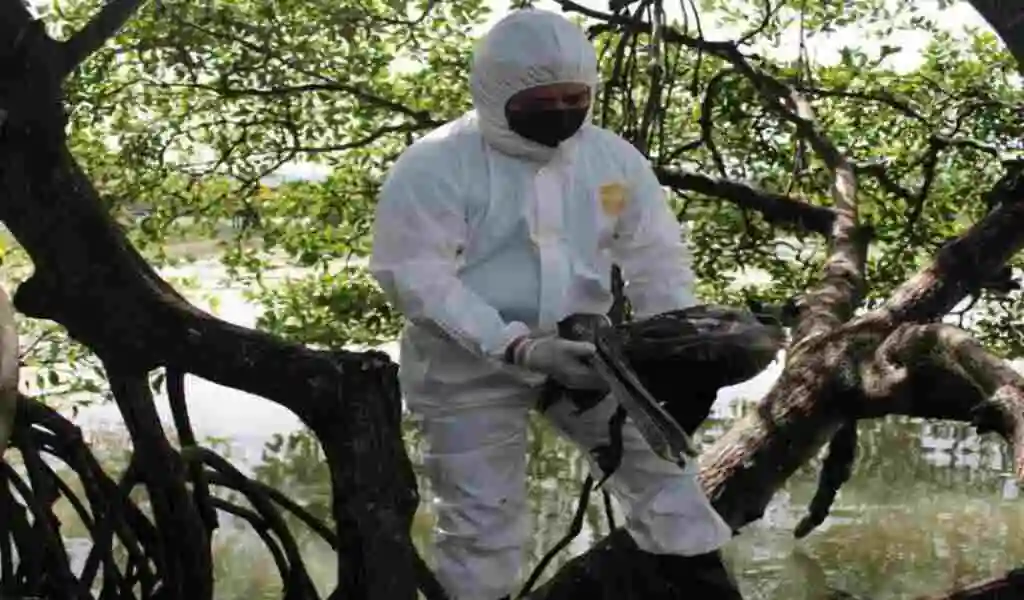(CTN News) – Japan confirmed the first finding of the H5N6 subtype of the highly pathogenic avian influenza (HPAI) virus in poultry in six years, and South Korea has verified other outbreaks.
The virus was verified after a few birds perished from two connected flocks of roughly 14,000 grill breeders, according to an official report to the World Organisation for Animal Health (WOAH).
The two flocks were epidemiologically related in Minamisatsuma, Kagoshima prefecture. The source of the infection remains unknown.
The ninth HPAI epidemic of the season occurred in Kyushu, the country’s southwestern main island.
A few days ago, the Japanese government reported two more HPAI outbreaks in poultry connected to the H5N1 HPAI virus.
At the end of January, several of the 24 birds in a backyard flock tested positive for the virus. A facility in Yamaguchi Prefecture, western Honshu, was affected.
Soon after, the virus was verified in over 103,700 birds on two epidemiologically connected farms in Kagawa. This prefecture is situated on Shikoku, a huge island south of Honshu.
In addition to the recently found H5N6 virus, Japan has reported eight HPAI outbreaks in poultry this winter, which are attributable to the H5N1 serotype.
Since November, illness caused by the H5N1 virus strain has affected around 654,000 chickens in Japan.
Japanese officials have also reported WOAH cases in wild birds that tested positive for the H5N1, H5N5, and H5N6 serotypes.
Six more poultry outbreaks in Taiwan.
In their most recent statement, Taiwanese authorities reported five new H5N1 outbreaks to WOAH.
All of this began in January and affected farms in Yunlin County. There were two flocks of meat ducks, local hens, and one of meat geese.
Since November of last year, the region has had ten breakouts. Over 91,000 commercial poultry were directly harmed.
Taiwan News stated that approximately 9,600 native chickens were culled in Pingtung County. Following a surge in mortality, they tested positive for the same viral variety.
HPAI strikes Cambodian village flocks again.
Following a brief respite, the H5N1 HPAI virus has been discovered in Cambodian village poultry.
According to WOAH, birds tested positive for the virus in the southern province of Prey Veng on January 24. By the first week of February, two other outbreaks had been verified, one in the northwestern province of Siem Riep and the other in Kratie in the country’s northeast. So far, the number of backyard poultry implicated has exceeded 3,900.
The previous outbreak involving the same virus type was declared in January. It affected approximately 3,000 poultry in six rural flocks across five provinces, including Prey Veng and Siem Riep.
Outbreaks at two South Korean chicken farms.
South Korea reported its first instances of HPAI linked to the H5N6 virus serotype in poultry in December 2018.
The total number of outbreaks in this population has climbed to 26, with WOAH receiving notifications of the most recent two outbreaks among commercial ducks. The impacted buildings had 10,000 birds in South Jeolla and 29,000 in South Chungcheong. There have been past incidents in both provinces.
Around the same period, South Korea experienced its first HPAI outbreaks connected to the H5N1 virus of the winter season.
So far, this serotype has been found on five farms, increasing the overall number of HPAI cases this season to 31. These have directly impacted over 2.08 million commercial poultry.
Avian flu developments in poultry elsewhere in Asia.
After a five-month hiatus, the H5N1 HPAI virus was again identified in the Sakhalin region of Russia’s Far Eastern federal district.
The WOAH notice confirmed the existence of the virus after over 107,000 birds died from a flock of over 294,000. The source of the infection is uncertain.
Sakhalin is a vast island in northeastern Asia.
Last week, India Today reported that HPAI was found in two towns in Andhra Pradesh following the deaths of thousands of poultry. Chicken businesses within a 10-kilometre radius of the outbreaks were closed immediately.
A Times of India report revealed the existence of the H5N1 virus serotype in Nellore district. Rearing chickens in the two outbreak epicentres has been forbidden for three months. After that, flock sizes will be limited to 20 birds.
The Philippines’ animal health ministry has reported seven HPAI cases in poultry in Central Luzon linked to the H5N1 virus to WOAH.
From June 11 to November 30, there were six outbreaks in private flocks and one on a farm. Each outbreak affected flocks of 5–9,000 birds.
Since January 2022, WOAH has received reports of 256 outbreaks impacting about 2.1 million chickens in the Philippines.
Additional human cases in Cambodia, Laos market closed
Cambodia’s health office reported two cases of human infection with the avian influenza A(H5N1) virus to the World Health Organisation earlier this month.
Both began in January. A three-year-old kid from the southern province of Prey Veng began experiencing symptoms on January 1. Later that month, the virus was found in a 69-year-old man from Siem Reap, located in the country’s northwest.
Earlier this month, AvianFluDiary reported another human instance of an avian virus. This concerned a nine-year-old kid from the northeastern region of Kratie, who died from the virus. Investigations found that several of the family’s hens and ducks had died and been devoured.
Cambodia has already had nine cases of this virus in less than a year. This is the highest total achieved by any country in a single year since 2015.
According to the same source, all eight previous occurrences in the country were associated with the 2.3.2.1c clade, an earlier form that existed before the present dominating clade, 2.3.4.4b.
In Laos, a live bird market in the capital city of Vientiane was briefly closed earlier this month.
FluTrackers reported the discovery of H5N1 and H9N2 viruses in chicken, duck, and ambient samples on the grounds.
China reports. avian Influenza virus co-infection.
In Asia, an uncommon case has been reported in China.
A 63-year-old woman from the Xuancheng region of Anhui province became ill at the end of November and died the following month. According to FluTrackers, she was infected with the seasonal flu virus (H3N2) and avian H10N5 strain, as reported in People’s Daily.
The patient was a farmer with underlying medical issues. A few days before the symptoms appeared, she purchased a duck from a live bird market. The meal’s remains tested positive for the H10N5 virus.
According to the World Health Organisation, avian influenza A(H10) subtype viruses can be found in birds worldwide. They are classified as “low pathogenic” for domestic and wild species. They have been known to infect mammals like pigs on rare occasions, but human infections have been extremely rare.








